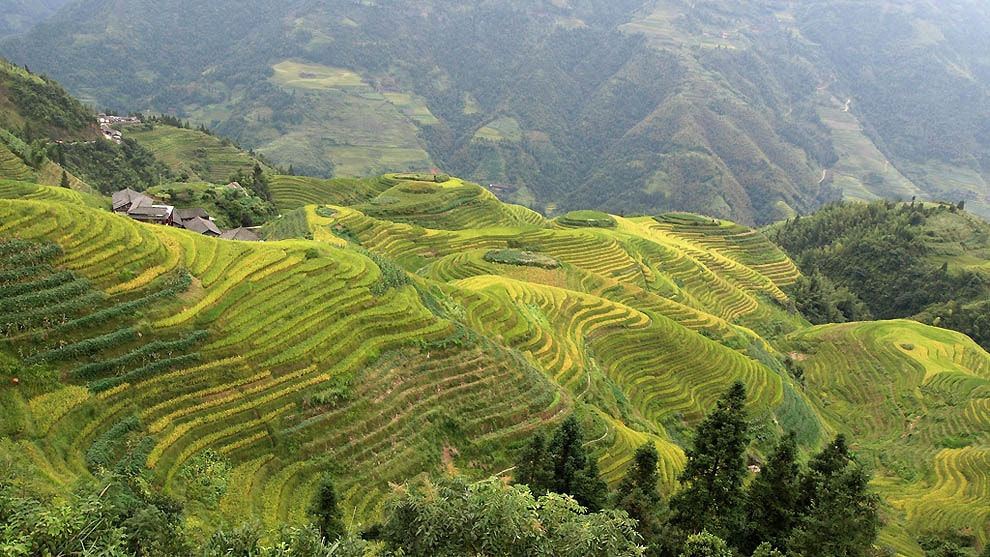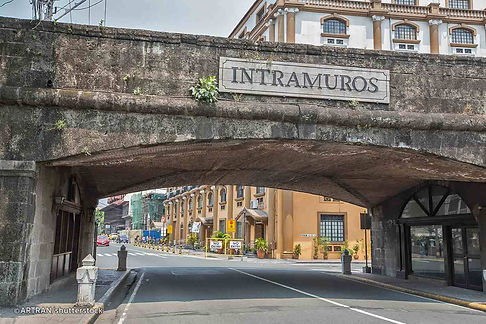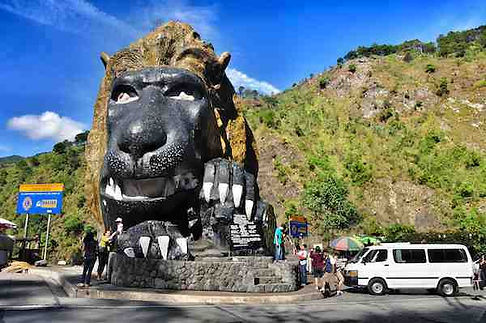top of page


Luzon Island
Luzon is the largest and most populous island in the Philippines. It is ranked 15th largest in the world by land area. Located in the northern region of the archipelago, it is the economic and political center of the nation, being home to the country's capital city, Manila, as well as Quezon City, the country's most populous city.
With a population of 53 million as of 2015, it is the fourth most populous island in the world containing 52.5% of the country's total population.”

Intramuros
Intramuros - the historical center of Manila. This is the area where families of Spanish conquerors from the 16th century settled. A place to build a city at the mouth of the Pasig River chose Miguel López de Legazpi to protect the settlement from the Chinese pirates who regularly appeared in the Manila Bay. Translated, Intramuros means “inside the walls”, which fully characterizes its original purpose - a reliable fortress that served to protect the newly acquired possessions.
For a long time, the capital of the Philippines was associated exclusively with Intramuros, only the intensive development of the city in the 19th and 20th centuries allowed other areas to “get out of the shadows”, taking away some glory from the Spanish enclave.

Fort Santiago
Fort Santiago is a citadel first built by Spanish conquistador, Miguel López de Legazpi for the new established city of Manila in the Philippines. The defense fortress is part of the structures of the walled city of Manila referred to as Intramuros.
The fort is one of the most important historical sites in Manila. Several lives were lost in its prisons during the Spanish Colonial Period and World War II.
José Rizal, one of the Philippine national heroes, was imprisoned here before his execution in 1896. The Rizal Shrine museum displays memorabilia of the hero in their collection and the fort features, embedded onto the ground in bronze, his footsteps representing his final walk from his cell to the location of the actual execution.

Manila Cathedral
The Cathedral of the Immaculate Conception of the Blessed Virgin Mary - Manila Cathedral, a small Basilica. Located on the Plaza de Roma in Intramuroz. Monument of cultural heritage of the Philippines.
The church was built in 1571. The temple was rebuilt several times after various incidents, mainly fires and earthquakes.
In 1945, the temple was destroyed during the bombing of American aircraft and restored in 1958.
In 2012, the last restoration of the temple took place. Once again, the Temple was opened on April 9, 2014 after two years of renovation for public visits and worship services.

Rice Terraces
On the territory of more than 10,000 square kilometers at an altitude of 1,524 meters above sea level, in the Ifuago Mountains near the small town of Banaue on the island of Luzon, 250 km from the capital Manila, you can find what the locals call the “eighth wonder of the world.
Incredible in its beauty fields, located steps on the slopes of the mountains. More than 3 thousand years ago, the ancestors of the oldest agricultural tribes of the Iifugao people, whose direct descendants still live in Banaue, transformed the harsh mountain landscape, creating livable territories. It is worth noting that these fields were made almost manually, only with the use of primitive tools.

Bagio City
Bagio is a highly urbanized city in the Philippines, the administrative center of the Cordillera Region, with a population of 301,926 people. Located in the northern part of the island of Luzon at an altitude of about 1,500 meters, in wet pine tropical forests.
When the United States occupied the Philippines, Baguio was chosen as the summer capital of the Philippine Islands. Here in 1908, the official summer residence of the American Governor-General was built to avoid the heat of Manila. Most of the city was planned by American architect Daniel Burnham, one of the most successful modern urban planners.

Mayon Volcano
Mayon - the most active volcano in the Philippine island of Luzon. The frequency of its eruptions is about once every eight years. The last eruption occurred in 2009, and one of the most violent occurred in 1814. Of course, this creates inconvenience to the locals, but they tolerate their restless neighbor for impeccable beauty.
The shape of the volcano is almost perfect - a symmetrical cone, which is constantly slightly smoked.
The people of the Philippines love their volcano. As one of the main symbols of the country, it is depicted on various souvenirs, postcards, stamps and even on bank notes. And also many poems and songs are devoted to him.
bottom of page
